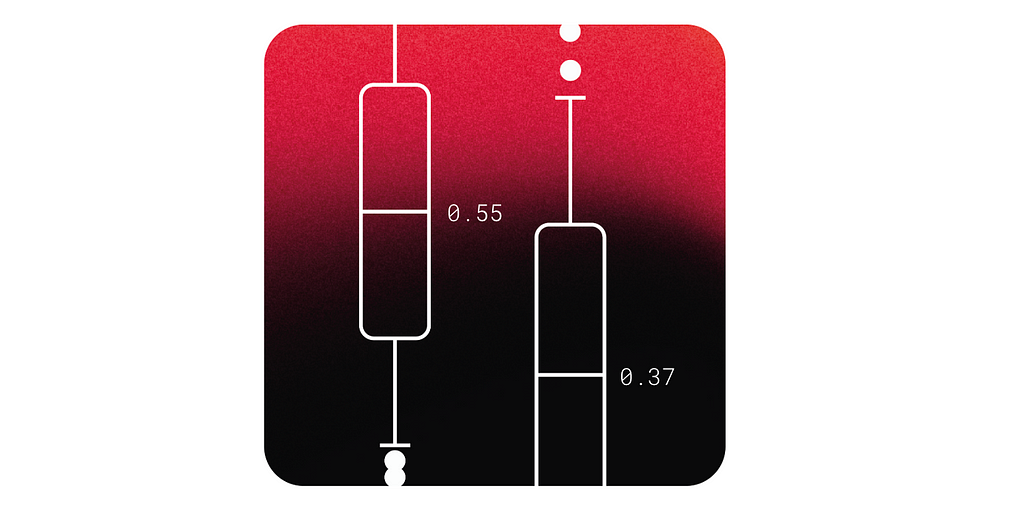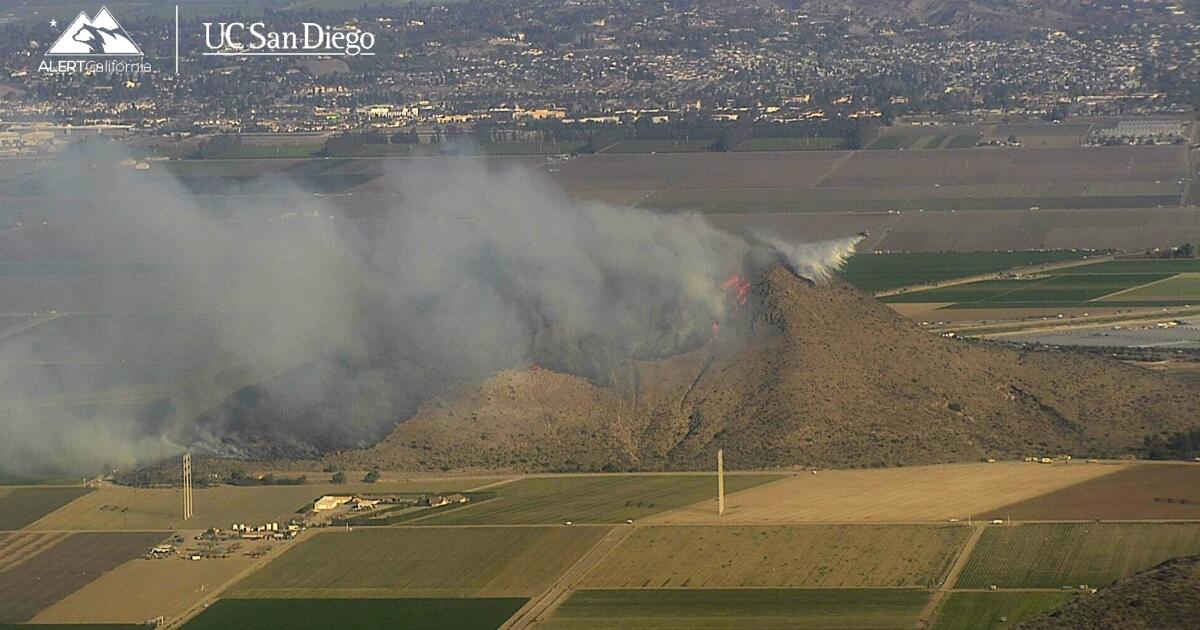Rubin Will Find Millions of Supernovae
The discovery of a few thousand type 1a supernovae over the last few decades has helped measure the expansion of the Universe. The new Vera Rubin Observatory will soon to start scour the skies looking for more. Astronomers hope that the discovery and observations of millions more exploding stars will allow the universal expansion to … Continue reading "Rubin Will Find Millions of Supernovae" The post Rubin Will Find Millions of Supernovae appeared first on Universe Today.

The discovery of a few thousand type 1a supernovae over the last few decades has helped measure the expansion of the Universe. The new Vera Rubin Observatory will soon to start scour the skies looking for more. Astronomers hope that the discovery and observations of millions more exploding stars will allow the universal expansion to be mapped in unprecedented detail. If all goes to plan, the survey will begin in a few months with the entire southern sky being scanned every few nights.
A Type Ia supernova is a powerful explosion that occurs when a white dwarf star in a binary system accretes matter from its companion star. Eventually it will reach a critical mass triggering a catastrophic thermonuclear reaction that we see as a Type 1a supernova. They are characterised by a the absence of hydrogen in their spectra, which sets them apart from other types of supernovae. The event releases a phenomenal amount of energy, briefly outshining an entire galaxy. The shockwave from the event can often trigger the formation of new stars.

These violent explosions have played a key role in understanding the expansion of the universe. Much like cepheid variable stars, these supernovae have a consistent peak brightness due to the predictable nature of the thermonuclear explosion that triggers them. They can therefore be used as “standard candles” to measure astronomical distances. By comparing the apparent brightness of a Type Ia supernova with its known intrinsic luminosity, it’s possible to calculate how far away it is. When combined with redshift measurements (which indicate how much the wavelength of light has stretched as the universe expands), these distance measurements allow scientists to map the rate at which the universe is expanding.
To date only a relative handful have been observed. This is where the Vera Rubin Observatory comes in. It’s located in the Atacama Desert of Chile and is designed to explore dark matter, dark energy, and the large-scale structure of the universe. Equipped with the world’s largest digital camera, the Legacy Survey of Space and Time (LSST) will capture huge areas of the sky that will enable the mapping of millions of galaxies and track transient cosmic events like just like Type 1a supernovae and asteroids.

Every night, the observatory – which is funded by the U.S. National Science Foundation and the U.S. Department of Energy’s Office of Science – will capture about 20 terabytes of data, generating an expected 10 million alerts. This in itself is an – ahem – astronomical challenge so alerts will be made available to science teams through seven community software systems. The alerts will be collated with other datasets and machine learning technology will categorise them as kilonovae, variable star or Type 1a supernovae. Astronomers can then utilise filter to hone in on the data most useful for their research.
If the Vera Rubin Observatory is as successful as it is hoped and if it does indeed discover millions of new Type 1a supernovae, then it will be of great benefit to astronomers. Not only will we be able to build a far more accurate distance map of the cosmos but we will also be able to get a better understanding of its expansion and how it has evolved over time.
Source : NSF–DOE Vera C. Rubin Observatory Will Detect Millions of Exploding Stars
The post Rubin Will Find Millions of Supernovae appeared first on Universe Today.
What's Your Reaction?






































